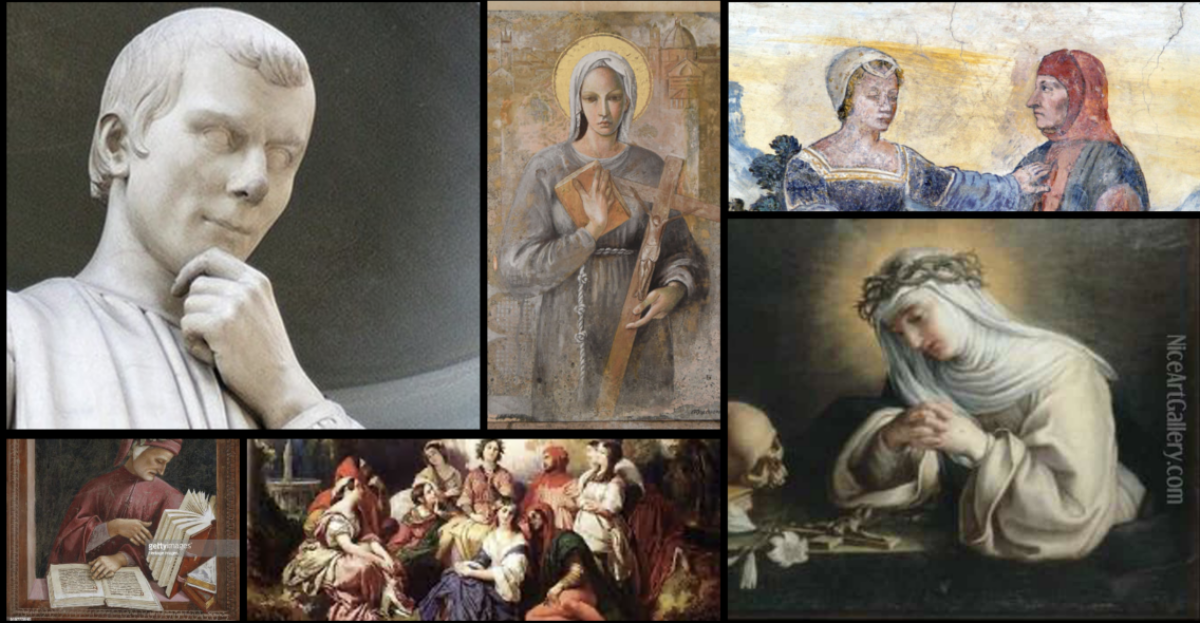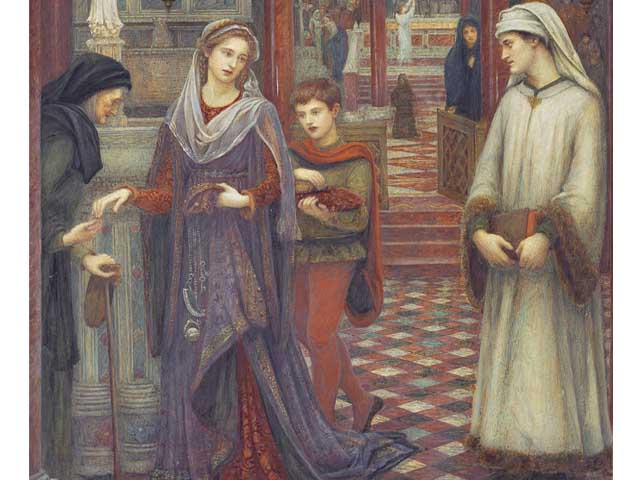In poem 159, there were very vivid descriptions of Laura. In the first stanza, Pertrarca questioned where in heaven nature took the model to obtain her lovely face and show her power down here with the rest of us. This description made the person who was being talked about seem respectable and of very high power. The way Pertracra made these words come together created a perfect visualization for me about what this woman looks like. After reading this stanza, I knew the theme was love and I wanted to analyze it because of that. I love the way love is depicted in this poem, particularly the preface. The next stanza starts to include words that have overall positive definitions. For instance, the word nymph. This word was used in Greek mythology to categorize any of a large class of inferior female divinities. Nymphs were associated with fertile, growing things, including water or trees. The usage of this word provided a wholesome and superior model of the woman. Also, the word virtues was used. The second stanza states “How did a heart collect so many virtues the sum of which is guilty of my death.” I love this line of the poem because it is a play on words. A virtue is a morally good trait or quality, and it is used in the poem as something that caused death which is not something virtues are morally capable of. However, he makes it seem that her qualities were so good, that they are capable of death.
The next stanzas really depict the depth of Laura’s beauty and the way Petrarcra felt about her. He states that ‘if a man has not yet looked upon her eyes and seen how tenderly she makes them move.’ Before he proceeds to the next stanza, this stanza proves how strongly he feels towards Laura’s eyes, which is extremely significant. Before that, he also states that ‘who seeks for divine beauty seeks in vain.’ The usage of the word vain in this instance shows that even though someone might have a high opinion on her appearance, it should not affect their perspective towards her. To summarize, the last stanza states that this man does not know how love can heal as well as kill, if he did not know the sweetness of Laura’s speech, sighs, and smile. This final stanza really drew me to this poem because of how sweet but deep the message is. Petrarca describes Laura as a perfect goddess, but he also adds these undertones of death and guilt that added a different level of emotion to his feelings about her. As I read the poem, the love was so deep it kind of reminded me of Dante and Beatrice a little bit. I really enjoyed reading about the love that was depicted in The Divine Comedy and it is interesting to see the similarities and differences in that theme with Pertrarca.




Alanis, I love that you talk about what drew you to pick this poem and your analysis of “virtue” and “nymph”. If you used a secondary source for those, please include it at the end of your post or link it.
You might also check that you use the present tense consistently. In the poem the are (because you still see them) vivid descriptions of Laura. Also remember the instructions about the title. I challenged you to choose one word that represent the poem. Also, the poem is a sonnet, made up of 2 quartine and 2 terzine. We use “preface” for a work in prose.